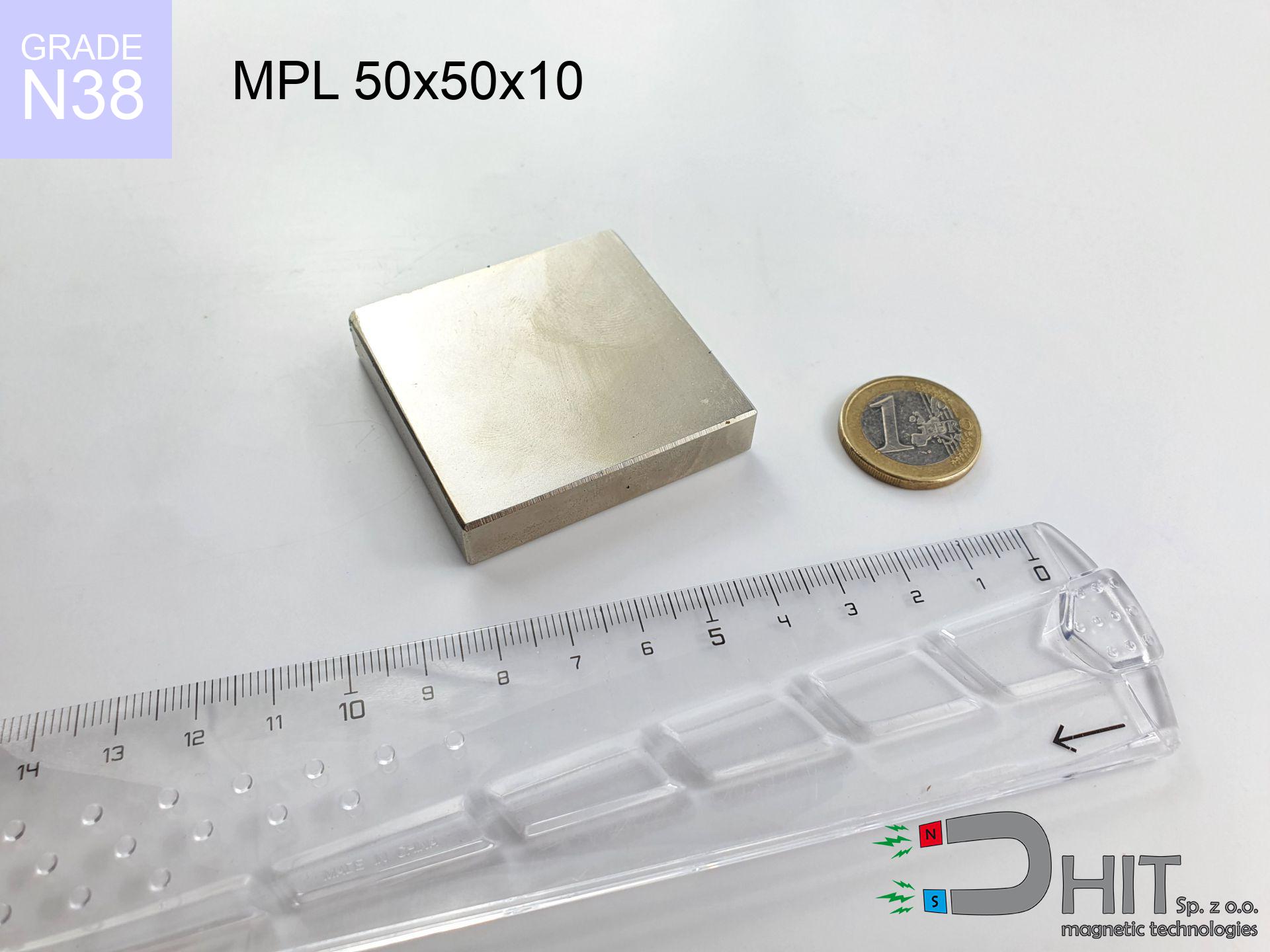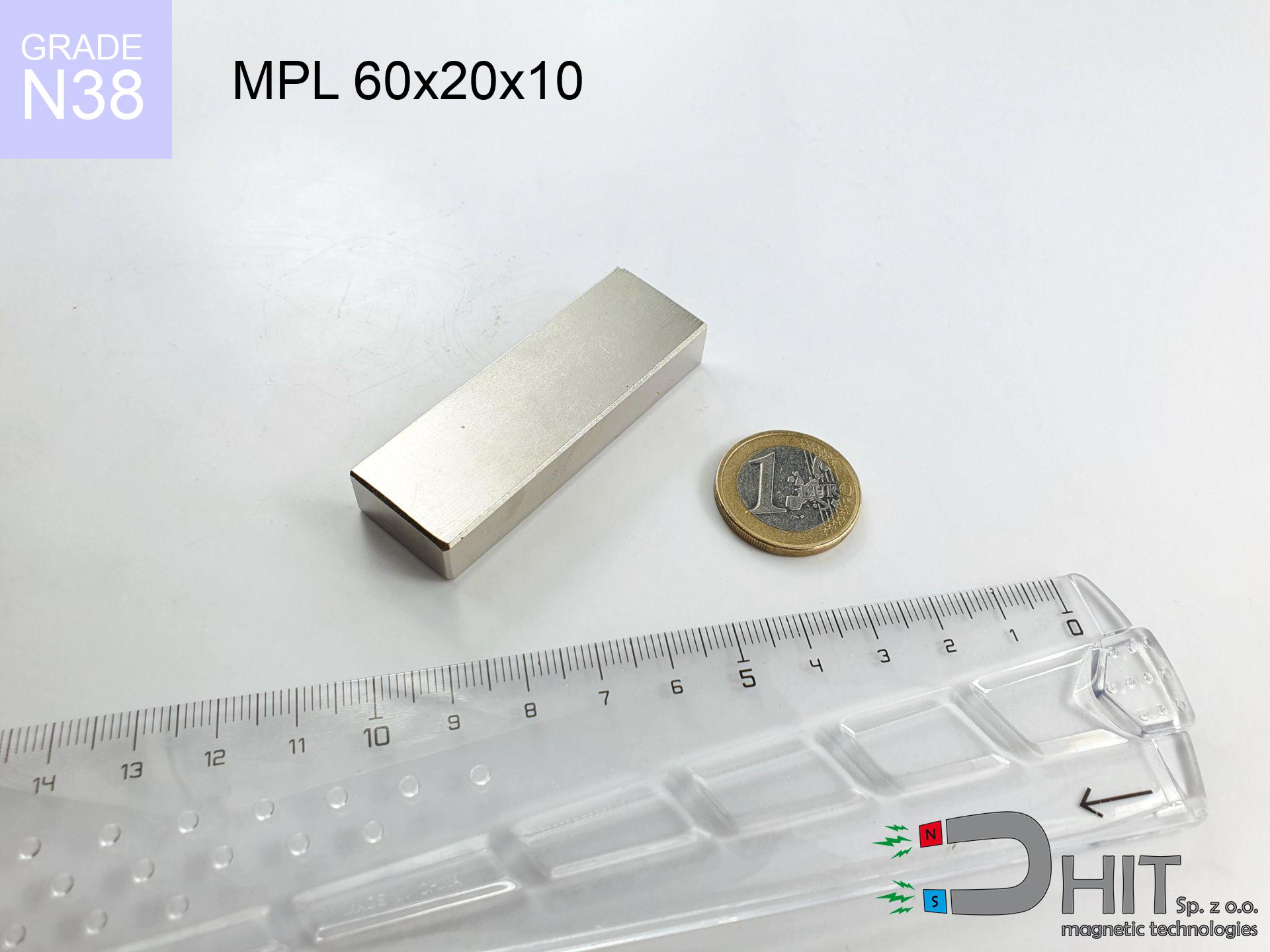UMT 12x20 purple / N38 - board holder
board holder
Catalog no 230280
GTIN/EAN: 5906301814320
Diameter Ø
12 mm [±1 mm]
Height
20 mm [±1 mm]
Weight
3.5 g
Coating
[NiCuNi] Nickel
1.894 ZŁ with VAT / pcs + price for transport
1.540 ZŁ net + 23% VAT / pcs
bulk discounts:
Need more?
Contact us by phone
+48 22 499 98 98
alternatively get in touch by means of
request form
through our site.
Force along with shape of magnets can be tested with our
online calculation tool.
Orders placed before 14:00 will be shipped the same business day.
Physical properties - UMT 12x20 purple / N38 - board holder
Specification / characteristics - UMT 12x20 purple / N38 - board holder
| properties | values |
|---|---|
| Cat. no. | 230280 |
| GTIN/EAN | 5906301814320 |
| Production/Distribution | Dhit sp. z o.o. |
| Country of origin | Poland / China / Germany |
| Customs code | 85059029 |
| Diameter Ø | 12 mm [±1 mm] |
| Height | 20 mm [±1 mm] |
| Weight | 3.5 g |
| Coating | [NiCuNi] Nickel |
| Manufacturing Tolerance | ±1 mm |
Magnetic properties of material N38
| properties | values | units |
|---|---|---|
| remenance Br [min. - max.] ? | 12.2-12.6 | kGs |
| remenance Br [min. - max.] ? | 1220-1260 | mT |
| coercivity bHc ? | 10.8-11.5 | kOe |
| coercivity bHc ? | 860-915 | kA/m |
| actual internal force iHc | ≥ 12 | kOe |
| actual internal force iHc | ≥ 955 | kA/m |
| energy density [min. - max.] ? | 36-38 | BH max MGOe |
| energy density [min. - max.] ? | 287-303 | BH max KJ/m |
| max. temperature ? | ≤ 80 | °C |
Physical properties of sintered neodymium magnets Nd2Fe14B at 20°C
| properties | values | units |
|---|---|---|
| Vickers hardness | ≥550 | Hv |
| Density | ≥7.4 | g/cm3 |
| Curie Temperature TC | 312 - 380 | °C |
| Curie Temperature TF | 593 - 716 | °F |
| Specific resistance | 150 | μΩ⋅cm |
| Bending strength | 250 | MPa |
| Compressive strength | 1000~1100 | MPa |
| Thermal expansion parallel (∥) to orientation (M) | (3-4) x 10-6 | °C-1 |
| Thermal expansion perpendicular (⊥) to orientation (M) | -(1-3) x 10-6 | °C-1 |
| Young's modulus | 1.7 x 104 | kg/mm² |
Elemental analysis
| iron (Fe) | 64% – 68% |
| neodymium (Nd) | 29% – 32% |
| boron (B) | 1.1% – 1.2% |
| dysprosium (Dy) | 0.5% – 2.0% |
| coating (Ni-Cu-Ni) | < 0.05% |
Environmental data
| recyclability (EoL) | 100% |
| recycled raw materials | ~10% (pre-cons) |
| carbon footprint | low / zredukowany |
| waste code (EWC) | 16 02 16 |
Other products
Pros as well as cons of neodymium magnets.
Benefits
- They have unchanged lifting capacity, and over nearly ten years their attraction force decreases symbolically – ~1% (according to theory),
- Magnets very well protect themselves against demagnetization caused by external fields,
- Thanks to the shimmering finish, the plating of Ni-Cu-Ni, gold, or silver gives an modern appearance,
- Magnets are distinguished by extremely high magnetic induction on the outer side,
- Neodymium magnets are characterized by extremely high magnetic induction on the magnet surface and can work (depending on the form) even at a temperature of 230°C or more...
- Thanks to flexibility in shaping and the ability to modify to individual projects,
- Fundamental importance in advanced technology sectors – they are utilized in computer drives, electric motors, precision medical tools, also multitasking production systems.
- Compactness – despite small sizes they provide effective action, making them ideal for precision applications
Disadvantages
- Susceptibility to cracking is one of their disadvantages. Upon strong impact they can break. We recommend keeping them in a strong case, which not only protects them against impacts but also increases their durability
- We warn that neodymium magnets can reduce their strength at high temperatures. To prevent this, we suggest our specialized [AH] magnets, which work effectively even at 230°C.
- Due to the susceptibility of magnets to corrosion in a humid environment, we advise using waterproof magnets made of rubber, plastic or other material stable to moisture, when using outdoors
- We suggest casing - magnetic mechanism, due to difficulties in realizing nuts inside the magnet and complicated forms.
- Possible danger to health – tiny shards of magnets pose a threat, in case of ingestion, which becomes key in the context of child health protection. Additionally, small elements of these products are able to disrupt the diagnostic process medical after entering the body.
- High unit price – neodymium magnets have a higher price than other types of magnets (e.g. ferrite), which increases costs of application in large quantities
Holding force characteristics
Maximum holding power of the magnet – what it depends on?
- with the use of a yoke made of special test steel, ensuring maximum field concentration
- whose thickness is min. 10 mm
- with an polished touching surface
- without any air gap between the magnet and steel
- for force applied at a right angle (pull-off, not shear)
- at temperature approx. 20 degrees Celsius
Determinants of practical lifting force of a magnet
- Space between surfaces – even a fraction of a millimeter of distance (caused e.g. by veneer or dirt) significantly weakens the pulling force, often by half at just 0.5 mm.
- Force direction – remember that the magnet has greatest strength perpendicularly. Under sliding down, the holding force drops significantly, often to levels of 20-30% of the nominal value.
- Element thickness – for full efficiency, the steel must be sufficiently thick. Thin sheet restricts the lifting capacity (the magnet "punches through" it).
- Plate material – mild steel attracts best. Alloy admixtures reduce magnetic properties and holding force.
- Smoothness – full contact is obtained only on smooth steel. Any scratches and bumps create air cushions, weakening the magnet.
- Temperature – temperature increase causes a temporary drop of induction. Check the thermal limit for a given model.
Lifting capacity was measured with the use of a smooth steel plate of suitable thickness (min. 20 mm), under vertically applied force, however under attempts to slide the magnet the holding force is lower. Additionally, even a minimal clearance between the magnet and the plate lowers the holding force.
Safe handling of neodymium magnets
Fragile material
Despite the nickel coating, neodymium is delicate and not impact-resistant. Avoid impacts, as the magnet may shatter into sharp, dangerous pieces.
Handling rules
Exercise caution. Neodymium magnets act from a long distance and snap with massive power, often faster than you can react.
Threat to navigation
A powerful magnetic field negatively affects the functioning of compasses in phones and GPS navigation. Maintain magnets near a smartphone to prevent breaking the sensors.
Protect data
Avoid bringing magnets close to a purse, laptop, or TV. The magnetism can destroy these devices and wipe information from cards.
Finger safety
Mind your fingers. Two large magnets will join immediately with a force of several hundred kilograms, crushing everything in their path. Be careful!
Product not for children
These products are not toys. Accidental ingestion of multiple magnets may result in them attracting across intestines, which constitutes a severe health hazard and requires immediate surgery.
Allergic reactions
Some people suffer from a sensitization to nickel, which is the typical protective layer for NdFeB magnets. Frequent touching may cause an allergic reaction. We strongly advise use safety gloves.
Medical interference
Life threat: Neodymium magnets can deactivate pacemakers and defibrillators. Do not approach if you have medical devices.
Demagnetization risk
Avoid heat. Neodymium magnets are susceptible to heat. If you need resistance above 80°C, ask us about special high-temperature series (H, SH, UH).
Do not drill into magnets
Fire warning: Rare earth powder is highly flammable. Do not process magnets in home conditions as this risks ignition.




![SM 32x450 [2xM8] / N42 - magnetic separator SM 32x450 [2xM8] / N42 - magnetic separator](https://cdn3.dhit.pl/graphics/products/sm-32x450-2xm8-bex.jpg)



